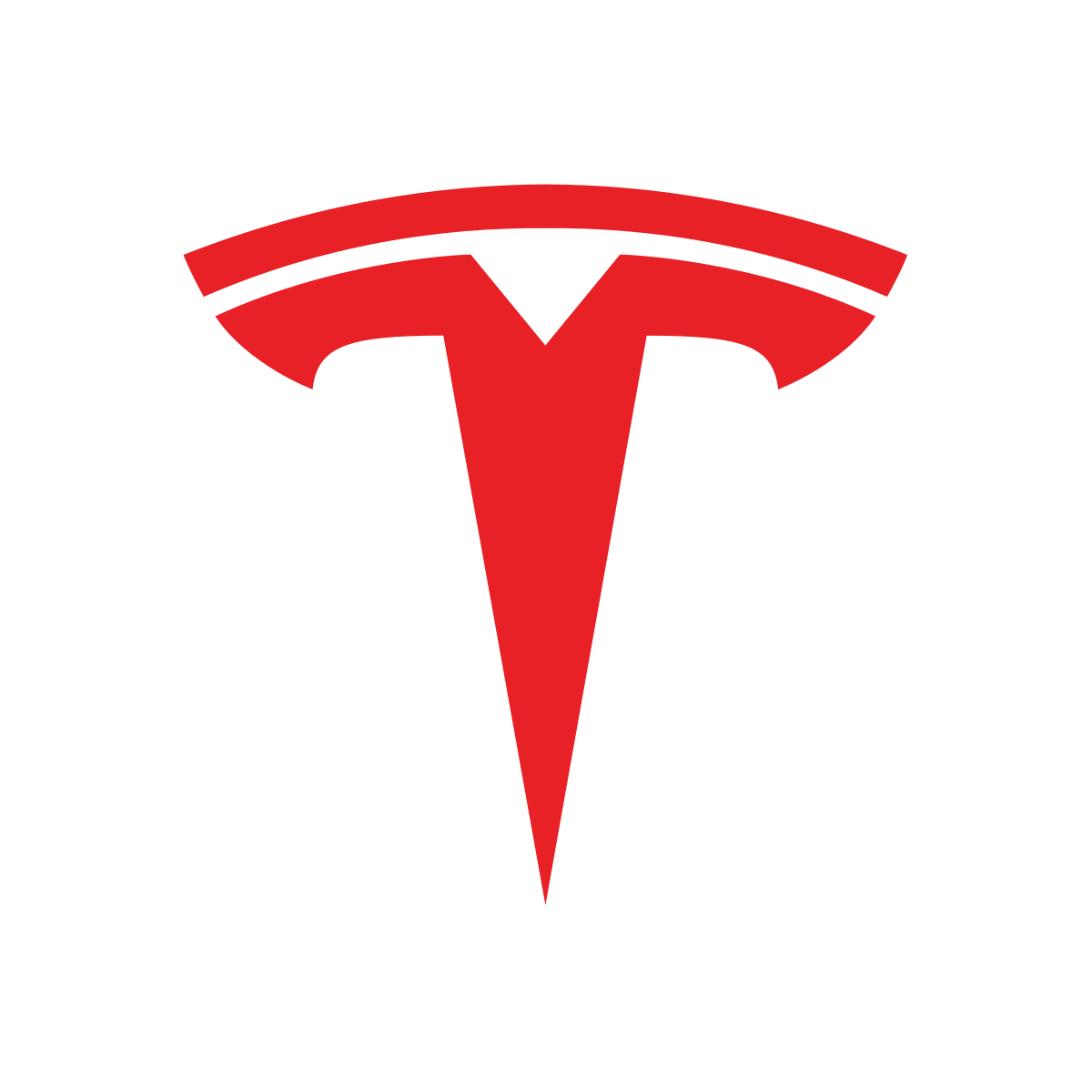Harvard Business School professor Ranjay Gulati praises Tesla’s revolutionary management approach in his book “Deep Purpose”. Unlike many companies who tack on a purpose as an afterthought, Tesla successfully integrates its mission, goals, and workplace into a unified vision.
Here are the key points:
Purpose Integration: Tesla’s mission to promote the mass adoption of electric cars for a greener planet is at the core of its operations. By integrating its mission, goals, and workplace, Tesla transcends traditional management practices and creates a strong customer following, attracts top talent, and sparks exponential innovation.
Boldness and Courage: Tesla, under the leadership of CEO Elon Musk, has set audacious goals to challenge established auto-industry giants, develop new technologies, and grow into a global corporation in less than two decades. It’s worth noting that in 2020, Tesla’s success caused short sellers to collectively lose $38 billion.
Exponential Innovation Through Management: At Tesla, every team member is expected to act as an entrepreneur, with the freedom to allocate budget and solve problems collaboratively. Elon Musk himself sets an example by working 100-hour weeks and solving issues on the production floor.
Promise of AI in Workplace: Tesla uses AI to empower its staff to make intelligent decisions, leading to a flatter and more agile organization. Managers focus on refining information flows and AI algorithms rather than micromanaging.
Agile Management Transformation: Tesla uses AI and algorithms to form impromptu teams, fostering a highly adaptive and agile workforce.
Sense of Urgency: Musk encourages solution-oriented thinking, creating a culture that sees problems as opportunities for improvement.
Modularity Accelerates Innovation: Tesla’s modular design approach enables rapid innovation, as individual parts or software modules can be replaced without disrupting the entire system.
Power of ‘Less’: Musk’s obsession with radical simplification leads to faster cycle times and more efficient systems. The focus is always on the necessary, removing anything that doesn’t contribute to the overall mission.
Central Role of Design: Tesla’s commitment to exceptional design is as crucial to its success as its technological innovations. Their visually stunning vehicles, such as the upcoming CyberTruck with 1.5 million orders already, have created a passionate customer base.
In conclusion, Tesla’s purpose-driven management, relentless pursuit of innovation, empowerment of employees, and focus on design make it a unique case study not only in the auto industry but in management practices as a whole. The question remains, will other companies be able to replicate Tesla’s successful approach?
Too bad the owner has gone off the deep end.


